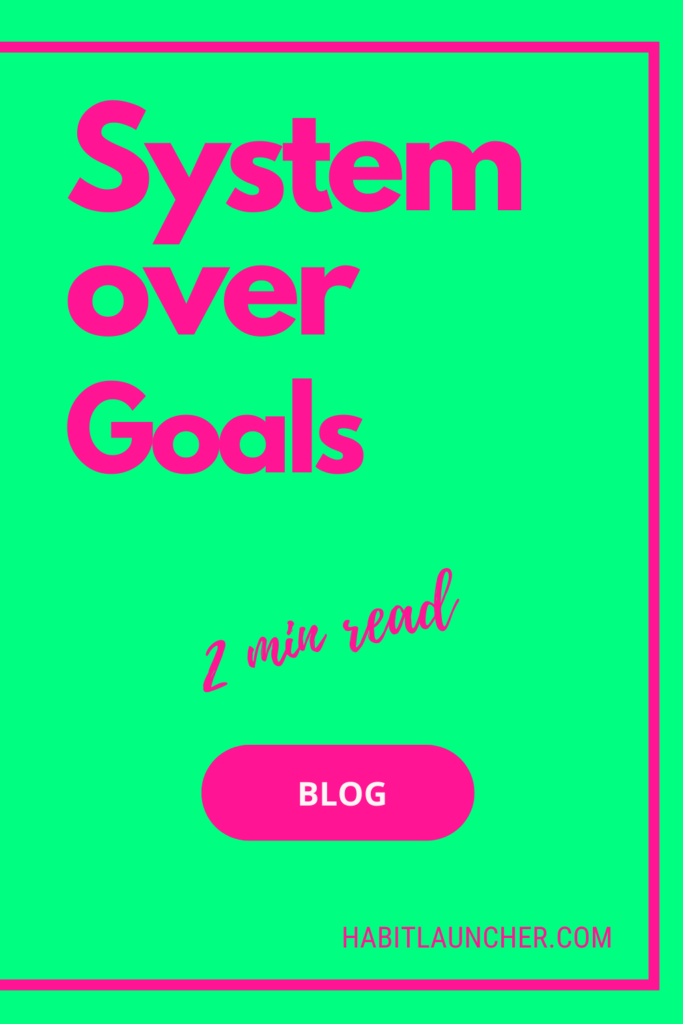
Best way to lose weight? Lose weight effortlessly by changing habits. At Habitlauncher.com we prefer systems over goals or as we like to say, processes will take care of outcomes.
Common in sports “The score takes care of itself”, we believe this approach is also useful for weight management. What you repeatedly do effortlessly is what ultimately shapes your weight loss results.
While we wrote elsewhere that having a goal is a good start and helpful, it is key to build a system to get you there. The system is what you do day in, day out. It is made of specific concrete habits, and of the design of your environment to support these.
With four pillars of weight management (diet, exercise, sleep, stress) different individual starting points and objectives, the system has to be fully individualized. No one size fits all for weight loss.
4 steps: Pillars, Actions, Habits, Assess and Adjust
Step 1 Pillars: the first step is identifying what area would potentially bring the most results. Typically changes to diet and exercise, but stress management and sleep are also essential.
Step 2 Actions: the second step is figuring out what concrete actions and behaviors would bring the necessary changes and have the most impact. For example, improve diet quality, eat healthy snacks, increase exercise frequency, sleep more.
Step 3 Habits: the third step is developing habits, routines using concrete and specific action plans. Called implementation intention they are the tool to bring changes to life. For example, when I sit at the table to eat, I note my hunger level. When I eat out for lunch, I eat a salad. When it is Monday lunch time, I hit the gym in downtown Geneva. After I drink my morning coffee, I drink a glass of water. The more changes you make, the better. For weight loss, introduce new habits simultaneously rather than one after the other. Start easy. Make each first step the easiest you can. To get results over time, the reps and consistency matter more than the size of the initial action .
Step 4 Assess and Adjust: see which new habits stick, which do not, observe progress and adjust, usually by simplifying and making new habits easier to do.
In a few iterations of this four steps process, the system to reach your goals will stand.
“Emotions create habits” BJ Fogg
Habits follow a loop cue, routine, rewards. While the cues are infinite, location, time, sights are very important. It is hence key to design one’s environment to support new habits. Diet related, how and where we shop, what we buy and what food is visible at home or at work has to be supportive.
Stanford behavior scientist BJ Fogg explains in his remarkable book that Habits are a function of Motivation, Ability and Prompt and that Emotions Create Habits. It is hence key to celebrate when we do a new habit. Give yourself a high five each and every time as a journey of a thousand miles begins with a single step.
At Habitlauncher.com, working on habits, we help you build your own system to reach your goals.
